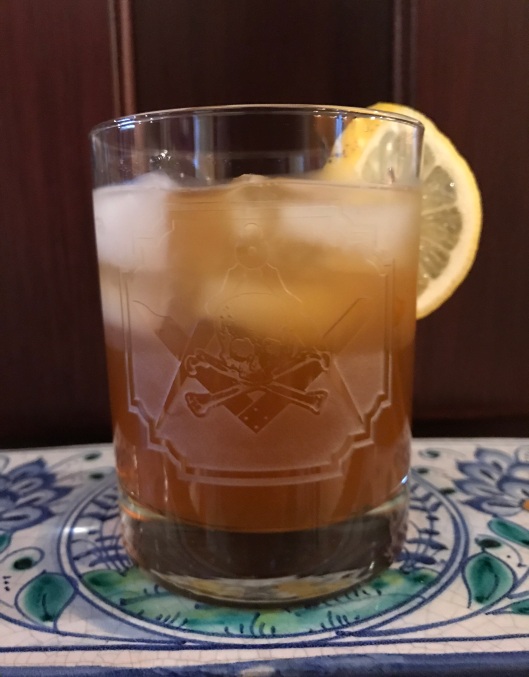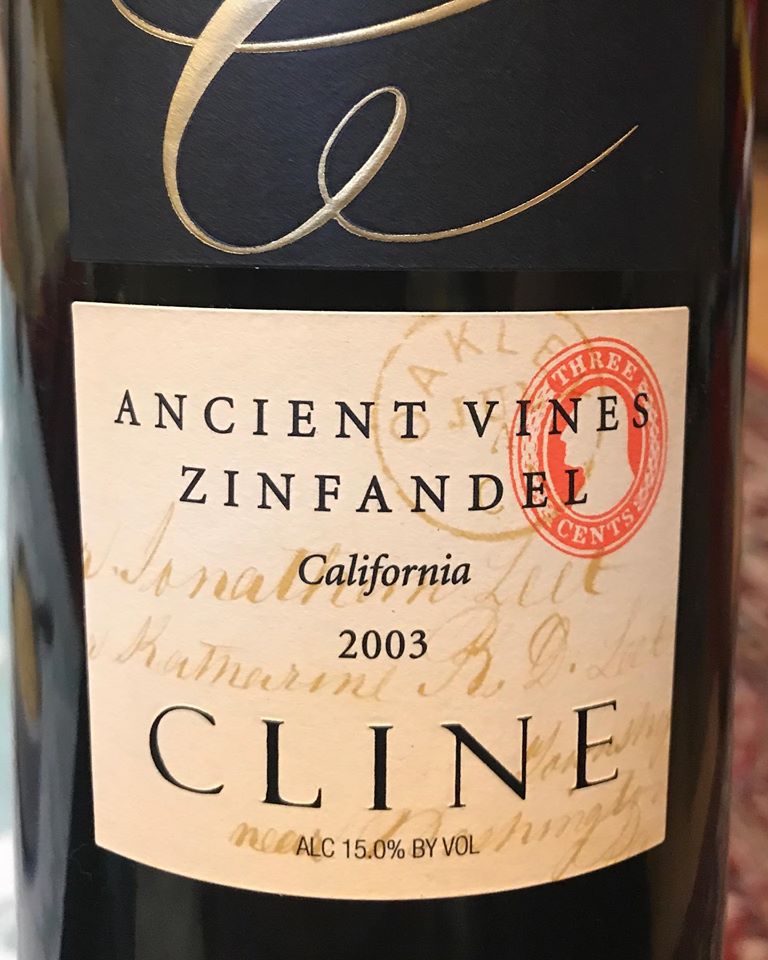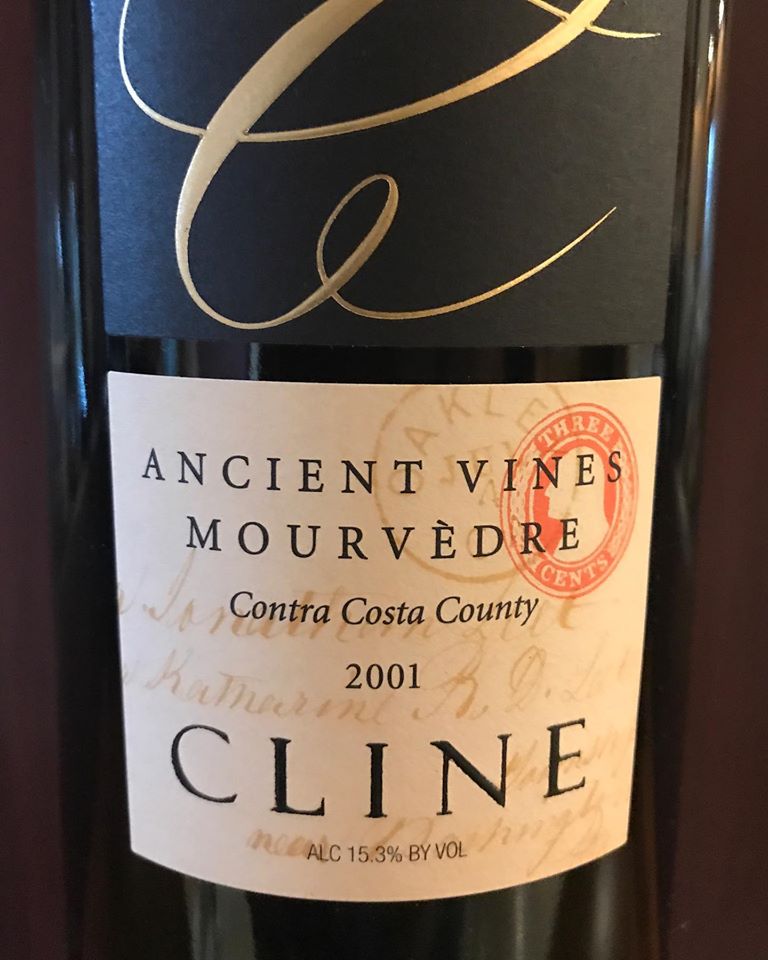
Punch… I have written before about the history and tradition of Punch in the vernacular of American drinking tradition. Preceding the very founding of this nation, the Punch habit was not only practiced in taverns throughout colonial America, but the military was particularly fond of Punch. The convivial nature of a shared Punch bowl was perfect for the well-lubricated post-battle celebrations of military units throughout the colonies. Rest assured, where there were soldiers, there was Punch.
Of note is a delicious potation harkening from Charleston, S.C. and recently revived by master mixologist, Sean Brock of Husk restaurant. The belief is the recipe was originally created in 1783, and then popularized by the Charleston Light Dragoons in 1792. The Dragoons were a colonial era militia that seemed to enjoy eating and drinking more than fighting, which was not unusual at the time. Eventually the Dragoons met an untimely end during the Civil War and found themselves more well-known for this Punch, than any distinguished military service.
No matter, this Punch is simply perfect, striking the balance between thirst-quenching and spiritous. I found that the blend of black tea, lemon and spirits to be a welcoming change from the many fruit-based Punches on the roll. The tannic bite of the tea, artfully supported by the crisp tang of lemon offers the ideal counterpoint to the sugar, cognac and rum. Over ice with a splash of Club Soda, this Punch is truly hypnotic.
My friends, I offer you The Charleston Light Dragoon Punch:
Ingredients
2 quarts water
7 bags black tea (I used Bigelow Earl Grey)
2 cups raw sugar
1 ½ cups fresh lemon juice
12.7 ounces brandy (I used Courvoisier VS)
12.7 ounces rum (I used Gosling Black Seal)
6.4 ounces peach brandy
Large ice cubes
Soda water
20 thin slivers of lemon peel (from about 3 lemons)
Preparation
To make the punch base:
Bring the water to a boil in a medium stainless-steel saucepan over high heat. Add the tea, remove the pan from the heat, and let the tea steep for 20 minutes.
If not using tea bags, strain the tea through a tea strainer or a fine-mesh sieve into a 1-gallon container, otherwise, merely remove and press the tea bags. Add the sugar to the hot tea and stir until it is completely dissolved. Let the mixture cool to room temperature, about 20 minutes.
Add the lemon juice, brandy, rum, and peach brandy to the tea mixture, cover, and refrigerate until cold.
To make the cocktail:
Ladle 3 ounces of the punch base into each punch cup. Add an ice cube, top off with 1 ½ ounces of soda water, and garnish with a sliver of lemon peel.
The above recipe makes about (20) servings and the Punch base can be kept in the refrigerator, well sealed for at least a week, if not more. The spirits should stabilize the mixture well.
Cin-Cin!

 April is the time of year that is perfect for “shoulder season” cocktails, of which the Angel Face is definitely one. What makes a “shoulder season” cocktail, you ask? “Shoulder season” cocktails are moderate in “weight” and “depth.” By weight, we allude to the feel of the cocktail on one’s palate, the “heaviness,” so to speak. By depth, we allude to a cocktail’s level of unfolding complexity. If Winter cocktails are heavy, warming libations that evoke thoughtfulness in their deeply unfolding complexity, Summer season cocktails are light and refreshing, thirst-quenching and not necessarily thought-provoking.
April is the time of year that is perfect for “shoulder season” cocktails, of which the Angel Face is definitely one. What makes a “shoulder season” cocktail, you ask? “Shoulder season” cocktails are moderate in “weight” and “depth.” By weight, we allude to the feel of the cocktail on one’s palate, the “heaviness,” so to speak. By depth, we allude to a cocktail’s level of unfolding complexity. If Winter cocktails are heavy, warming libations that evoke thoughtfulness in their deeply unfolding complexity, Summer season cocktails are light and refreshing, thirst-quenching and not necessarily thought-provoking. The Periodista, or “The Journalist” cocktail harkens back to a recipe in Harry Craddock’s Savoy Cocktail Book and is originally cribbed as a Gin-based libation. Borrowing elements from the “perfect” Martini, the Craddock recipe combines sweet and dry Vermouth to create balance and mid-palate weight. A touch of Curaçao suggests an exotic, faraway island, perhaps Cuba. Refreshing and contemplative, the drink is an alluring treat.
The Periodista, or “The Journalist” cocktail harkens back to a recipe in Harry Craddock’s Savoy Cocktail Book and is originally cribbed as a Gin-based libation. Borrowing elements from the “perfect” Martini, the Craddock recipe combines sweet and dry Vermouth to create balance and mid-palate weight. A touch of Curaçao suggests an exotic, faraway island, perhaps Cuba. Refreshing and contemplative, the drink is an alluring treat.



